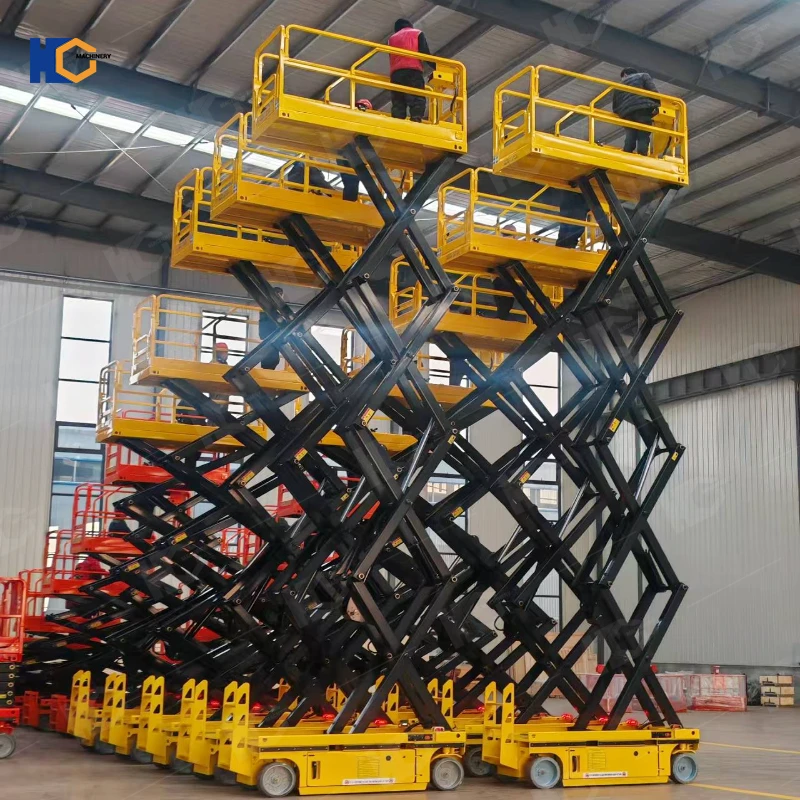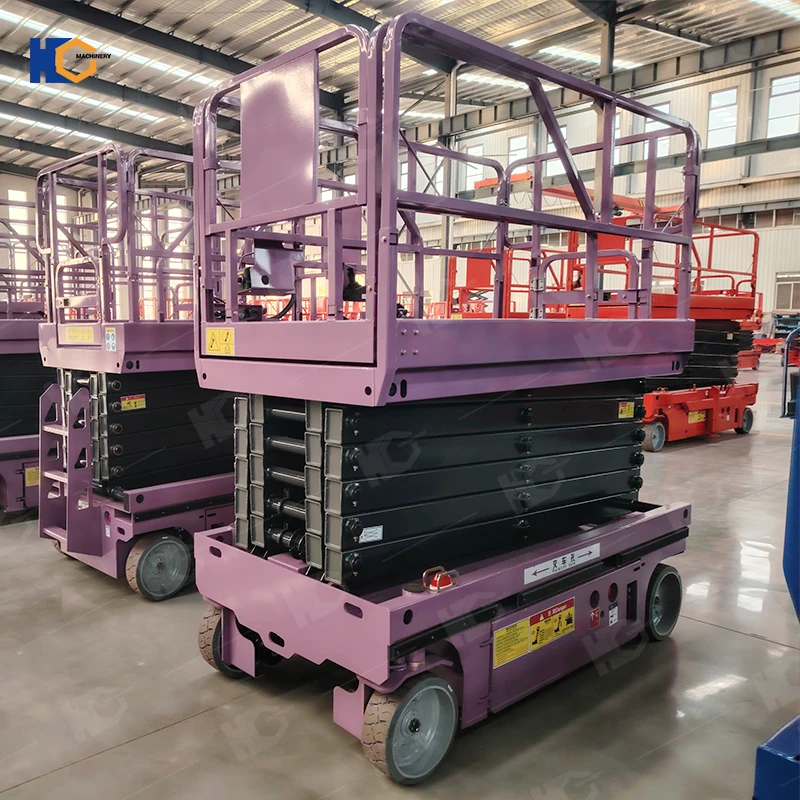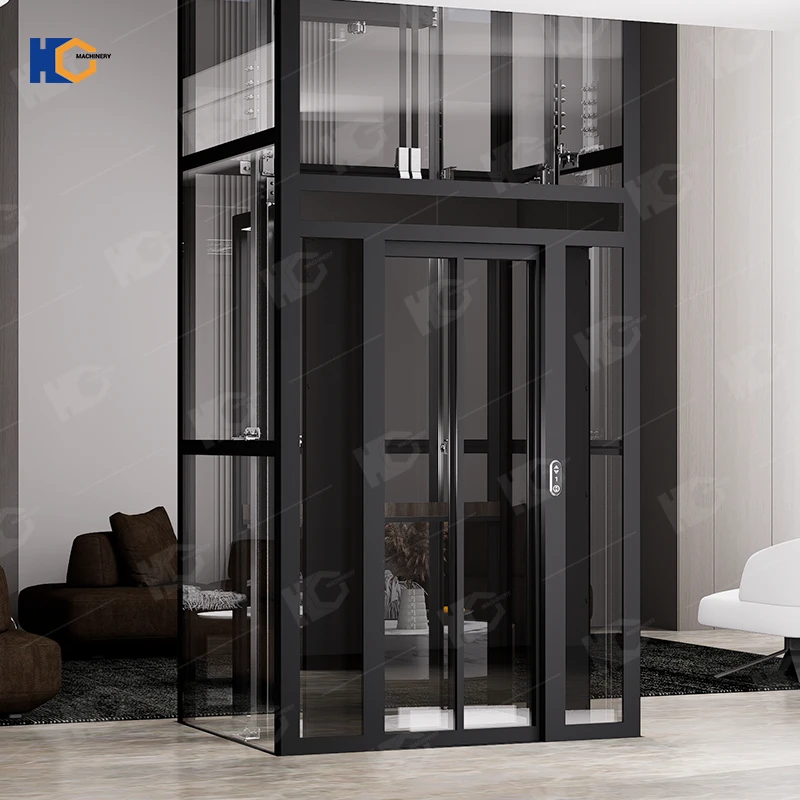Articulating Boom Lifts (hereinafter referred to as "boom lifts") have become indispensable tools in aerial work platforms due to their unique spatial adaptability and versatility across multiple scenarios. However, their high procurement costs and complex maintenance requirements often leave procurement managers hesitant. This article conducts an in-depth analysis from three dimensions—technical performance, economic efficiency, and scenario suitability—while incorporating real-world market data and case studies to provide B2B procurers with a practical decision-making framework.
I. Core Advantages and Priority Application Scenarios
1. Spatial Adaptability: The Unmatched Edge in Complex Terrain
Technical Strengths:
3D Operational Capability: Equipped with 3–5 articulated arms, these lifts support ±180° horizontal rotation and 60°–75° vertical lifting, enabling operations around obstacles like trees or buildings (e.g., Jnhc 45/25 performing cable repairs in Manhattan’s narrow streets without road closures).
Dual-Dimensional Reach: Maximum horizontal radius of 10 meters (e.g., JLG 1932RT) and vertical working heights from 12 to 45 meters (40–148 feet), covering multi-story building facades and high-altitude infrastructure.
Priority Scenarios:
Urban Power/Telecom Maintenance: In dense urban areas, boom lifts enable direct access to transmission towers or base station antennas, avoiding traffic control costs. Case Study: A European power company used Terex AWP 19 for 35kV line repairs, saving $15,000 in downtime losses per project.
Commercial Complex Maintenance: Precise positioning for LED screen replacements or signage installation reduces manual labor time. Data: A Shanghai retail group reported a 45% efficiency gain after procuring six boom lifts.
2. Functional Versatility: Cost Efficiency Through Modular Design
Interchangeable Attachments: Quickly switch between attachments like breakers (demolition), vacuum suction cups (material handling), or insulated arms (electrical work). Cost Analysis: A breaker-equipped model (e.g., Skyjack SJIII 145X, 21,200)saves8,000–$12,000 compared to dedicated demolition equipment.
Remote Operation: Ideal for hazardous environments (nuclear plants, chemical zones), enhancing safety and boosting equipment utilization by 20%.
3. Safety Advantages: Proactive Risk Mitigation
Anti-Collision Sensors: Automatic arm stoppage upon obstacle detection (e.g., JLG 1932RT’s LiDAR system).
Insulated Arm Certification: Supports 1,000V live-line work, eliminating electrocution risks associated with scaffolding.
Pros of Articulating Boom Lifts are evident. When evaluating procurement, prioritize whether these strengths align with or exceed your operational needs.
883762.webp)
II. Key Disadvantages and Cost Traps
1. High Initial Procurement Costs
| Machine Type (Max Height) | Entry Price ($) | Same-Height Telescopic Boom Price ($) | Premium |
|---|---|---|---|
| 20–30 meters | 12,000–25,000 | 10,000–20,000 | +15%–25% |
| 30–45 meters | 25,000–45,000 | 22,000–38,000 | +10%–20% |
Cost Red Flags:
Depreciation: 3-year residual value for boom lifts is ~55%, vs. 65% for telescopic booms (IPAF 2023 data).
Hidden Costs: Insurance (1,200/year)andtraining(800/person) account for 12%–18% of total ownership costs (TCO).
2. Maintenance Complexity and Failure Risks
Hydraulic System Costs: Oil changes required every 500 hours (vs. 800 hours for telescopic booms), adding 800–1,200 annually.
Joint Failures: Articulated bearings have 12% higher failure rates than scissor lifts (IPAF), with repairs costing 500–2,000 per incident.
3. Ground Bearing Requirements
Footprint: 30-meter machines require 3.5m × 3.5m hardened surfaces; loose soil necessitates steel plates (500–1,000/project).
Indoor Limitations: Malls or stadiums with sub-5t/m² floor strength cannot deploy 40-meter+ units.
When Procuring Boom Lifts, rigorously assess whether cons are manageable without disrupting operations.
812769.webp)
III. Decision-Making Framework for B2B Buyers
1. Scenario Suitability Matrix
| Application | Boom Lift Suitability | Alternatives | Weighting |
|---|---|---|---|
| Urban Narrow Zones | ★★★★★ | Telescopic Booms | 30% |
| Multi-Story Facades | ★★★★☆ | Scissor Lifts | 25% |
| Hazardous Environments | ★★★★☆ | Remote-Controlled Spiders | 20% |
| Large-Scale Demolition | ★★☆☆☆ | Crawler Crushers | 15% |
Prioritization Formula:
Priority Score = Scenario Fit × (Efficiency Gain – Maintenance Cost)
Example: LED Screen Replacement in Malls:
Fit Score: 8/10, Efficiency Gain: 30%, Annual Maintenance: 1,500→Score=8×(0.3–0.15)=1.65
2. Total Cost of Ownership (TCO) Optimization
TCO = Purchase Price + Maintenance + Fuel + Insurance – Residual Value
Case Study: JLG 1932RT ($18,500):
Annual Maintenance: $2,400 (hydraulic oil + bearings)
Fuel: $800 (electric models exempt)
Insurance: $1,200
5-Year Residual: $5,500
5-Year TCO: 18,500+(2,400 + 800+1,200) × 5 – 5,500=∗∗67,000**
Optimization Tips:
Electric Models: Indoor use cuts fuel costs (e.g., Haulotte Compact 12 Electric at 15,800reduces5−yearTCOby4,000).
Extended Warranties: Negotiate 3-year core part coverage to slash annual repair costs by $300.
3. Procurement Strategies
Volume Discounts:
Order Volume Discount Perks 3–5 units 5% Free training 6–10 units 8% 1-year extension + free oil 10+ units 12% Custom branding + priority service Financing Options:
Plan Down Payment Monthly (5 Years) Total Cost Full Payment $0 $0 $67,000 Lease 20% $1,100 $73,200 Operational Lease $0 $2,200 $132,000
Recommendations:
Short-Term Projects (<3 years): Opt for operational leases to avoid residual risks.
Long-Term Use (>5 years): Prioritize outright purchase with extended warranties.
517616.webp)
IV. Industry Trends and Technological Innovations
1. Smart Features for Hidden Savings
AI Obstacle Avoidance: Reduces collision-related repairs by ~15%.
Remote Diagnostics: Real-time hydraulic monitoring improves uptime by 85%.
2. Hydrogen Fuel Cells: The 2025 Price Inflection
Genie Z-45/25 Hydro (Expected 2025): 8-hour runtime vs. 4-hour lithium models. Projected 45,000pricetagoffers3,000/year fuel savings vs. diesel.
968431.webp)
V. Final Recommendations for B2B Buyers
Avoid “Spec Traps”: Prioritize modular designs (e.g., Terex AWP 19) to cut attachment costs by 40%.
Lock Residual Value: Demand 3-year buyback guarantees (e.g., 55% of original price).
TCO-Driven KPIs: Tie supplier contracts to failure rates and energy efficiency, with penalty clauses for breaches.
Golden Rules:
For projects requiring obstacle navigation at >20m heights, boom lifts’ efficiency premium justifies a 15%–20% price premium.
For flat maintenance (e.g., warehouse roofs), avoid boom lifts and choose scissor lifts to save $10,000+.
By aligning scenario needs with TCO models, B2B buyers can transform boom lift procurement into a long-term competitive advantage. In the field of aerial work equipment, every additional payment of 1 yuan in intelligent investment may bring 5 yuan in fault prevention benefits.
858.webp)


